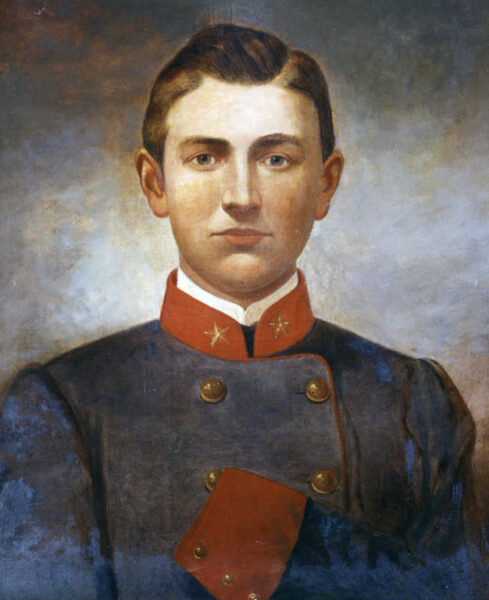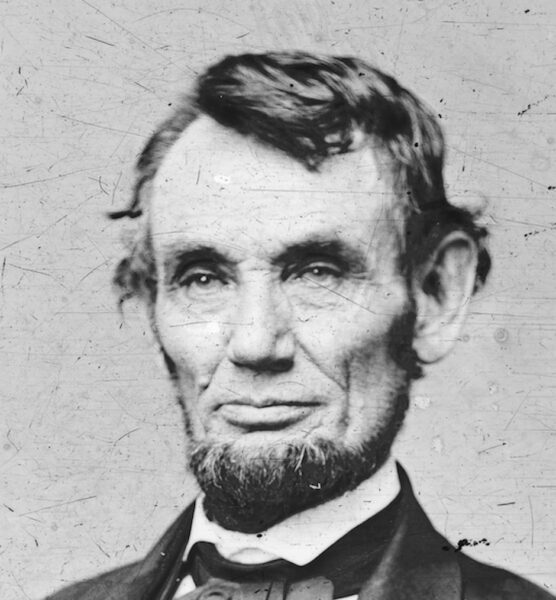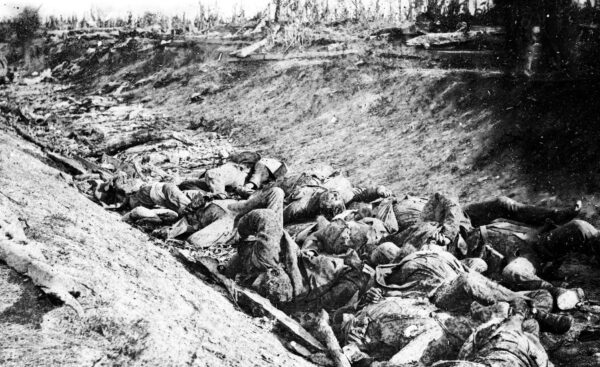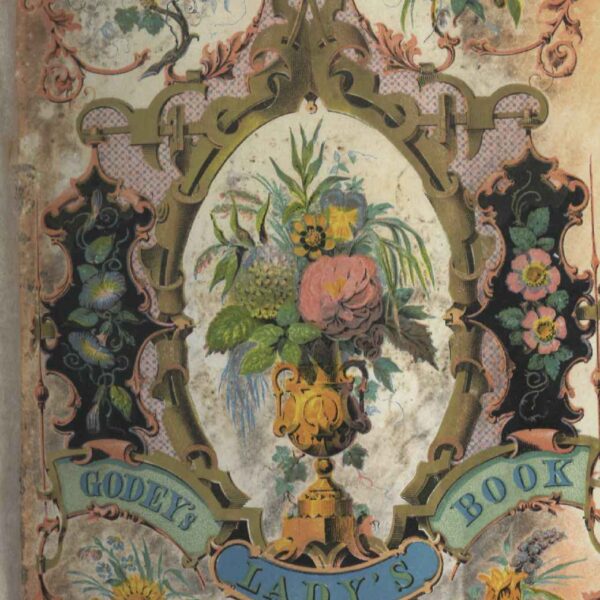 Virginia Military Institute
Virginia Military InstituteJoseph White Latimer
Joseph White Latimer was born on August 27, 1843, in Oak Ridge, Prince William County, Virginia, the seventh son of Samuel and Charlotte Latimer. He was educated at the Virginia Military Institute under the tutelage of Thomas Jonathan Jackson, the future Confederate general who would earn the sobriquet “Stonewall.” The Civil War erupted in Latimer’s second year, and he left Lexington to serve in the Confederate forces. He first served as cadet drillmaster for the Richmond Hampden Artillery over the spring and summer of 1861. In the fall, he was commissioned as a first lieutenant and later participated with Major General Richard Ewell’s division in the Shenandoah Valley Campaign of 1862.
After distinguishing himself in several battles, Latimer was promoted captain to head a battalion of artillery previously led by Major A.R. Courtney. After commanding the battalion at Fredericksburg, Latimer was promoted to major and became an officer in Major Richard Snowden Andrew’s artillery battalion of Major General “Allegheny” Johnson’s division of Major General Richard Ewell’s Second Corps, Army of Northern Virginia. By this time, it was being said of Latimer that he “was small and slight of his age … but one of those born soldiers whose promotion is recognized by all to be a consequence of their own merit.” Ewell referred to him as the “Young Napoleon”; the men in the ranks called him “The Boy Major.” When Andrew was wounded at the Battle of Stephenson’s Depot, Latimer took command of the battalion, which he would lead in the Gettysburg Campaign.
At the Battle of Gettysburg, after his forces had gained a victory on July 1, 1863, General Robert E. Lee formulated a plan of attack on July 2 using two of Lieutenant General James Longstreet’s divisions. Longstreet’s men would launch the primary attack against the left flank of General Meade’s Army of the Potomac as Ewell’s corps conducted a demonstration against Meade’s right flank in the area of Culp’s Hill. Ewell would order the battalion of artillery from Johnson’s division, under Latimer, to perform an artillery barrage as part of the action.
Shielded by darkness from the sight of Union artillery on Cemetery Hill, Latimer parked his guns in a wheat field for the night. In the morning light of July 2, Latimer searched for a good position and selected Benner’s Hill, its southern crest located about 1,000 yards northeast of Culp’s Hill and 1,500 yards east-northeast of Cemetery Hill. The position left much to be desired. While all of his guns posted on Benner’s Hill could effectively fire on the Union guns on Cemetery Hill, only his southernmost battery could fire toward Culp’s Hill. Moreover, Cemetery Hill and Culp’s Hill were higher in elevation and therefore the Union guns on these heights dominated Latimer’s on Benner’s Hill, which was a rather flat eminence with a narrow top that lacked sufficient shelter and protection for horses and caissons or any natural defensive positions for artillery.
Latimer kept his guns out of view on the back side of the hill until he received orders to begin the cannonade. Near 4 p.m. he led his four batteries to the crest of the hill. Cannoneer Jacob Cook of the Chesapeake Artillery wrote that Latimer “rode to the front and with sword aloft called the batallion to attention and ordered it to fire.” The four batteries along the plateau from south to north were the Lynchburg “Lee” Virginia Battery of Captain Charles Raine; Captain William Dement’s 1st Maryland Battery; the 4th Allegheny Virginia Artillery of Captain John Carpenter; and, farthest north, Captain William Brown’s 4th Maryland Chesapeake Artillery. Altogether, the four batteries contained five Napoleons, six 10-pounder Parrots, and three 3-inch ordnance rifles—a total of 14 guns.
No sooner had Latimer’s guns gone into position than the Union batteries atop Cemetery and Culp’s hills—some 35 guns in all—opened fire. Confederate artillery officer Snowden Andrews later noted, “As soon as the major opened fire, the enemy replied with a well-directed fire from a superior number of guns, causing many casualties among officers, men, and horses.” William Hatton of Dement’s battery remembered, “Our whole artillery battalion opened fire as fast as the guns could be gotten into position and a storm of shell greeted us the moment our first gun fired. It seemed that the enemy had gotten the range of the hill even before we fired and were expecting us to occupy the position and were watching for us.”
Both sides pounded away at each other for the next hour or two. Eventually, the Federal superiority began to exact a heavy toll on Latimer’s cannoneers. The Confederate infantry of General Jones’ brigade, positioned in support of Latimer’s guns, also began to suffer as the Union guns’ overshooting fire fell among them. In one incident, Captain Brown of the Chesapeake Artillery had ridden to the front of his battery and urged his men to stand manfully by their guns for the honor of Maryland. Almost simultaneously, a shot hit his right leg, passed through his horse, and shattered his left leg. The horse fell to the ground and broke three of Brown’s ribs. As the captain was carried to the rear, he spoke to a fellow officer, “Captain, if you should get home, tell my poor father I died endeavoring to do my duty.”
The Confederate casualties began to mount at an alarming rate. Latimer recognized that his battalion was being wrecked, his men were exhausted, and his ammunition was running low. He sent his sergeant major to General Johnson to say that he could no longer hold his position. Johnson, via courier, informed Latimer that he should remove all but four guns to support the infantry advance. Latimer ordered the withdrawal of all guns except for the two rifled guns of Raine’s battery and the two Napoleons of Dement’s battery.
As Latimer reengaged with these four guns, he mounted his prized bay horse and rode among the men. As the fire began to slacken, a fragment from a Federal shell struck the major, shattering his left arm, and he and his horse crashed to the ground, the horse killed instantly. Latimer’s four remaining guns were then withdrawn. His battery would suffer a casualty rate of 14.3% with 22 killed and 29 wounded, plus 30 horses killed. As Latimer was removed to the rear, he called to his men to fight harder and avenge his loss. His arm was amputated at the Daniel Lady Farm along Hanover Road. The “Young Napoleon” would accompany the Army of Northern Virginia on the retreat back to Virginia, where he was hospitalized in Winchester. He was then moved to Harrisonburg. But the torturous wagon rides worsened his condition and gangrene set in. One of his brothers was a doctor and rushed to his bedside but the “Boy Major” died on August 1, 1863, three weeks shy of his 20th birthday. He was buried in Woodbine Cemetery at Harrisonburg. His grave is marked by a monument placed 51 years after his death by the Ladies Memorial Association and the United Daughters of the Confederacy.
Larry Korczyk has been a licensed battlefield guide at Gettysburg National Military Park for 13 years. He has conducted hundreds of tours on the battlefield (with a specific focus on the leadership of army commanders George Meade and Robert E. Lee), is a regular speaker at Civil War round tables, and is coauthor of the book Top Ten at Gettysburg (2017).




